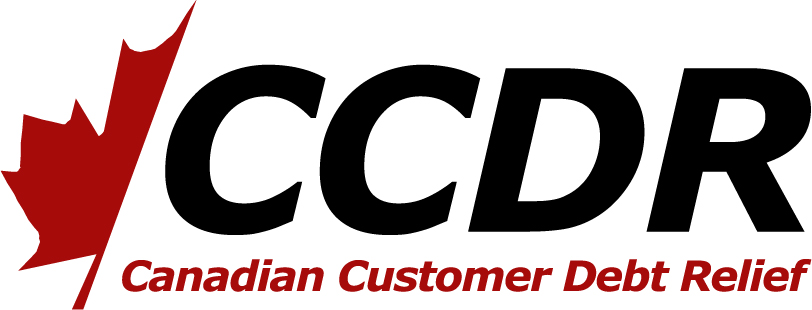
Don’t just pay the minimum payments on your Canadian Credit Cards
Introduction
When you get a credit card, you will be given the option of paying the minimum payment or a higher amount. You may not realize that if you pay just 2 percent of the balance owed each month, it could cost you hundreds or thousands of dollars more in interest than if you paid more than just the minimum amount. In this article, we’ll explain why paying more than just your minimum payment is better for your wallet and how to do it effectively so that you can save money!
Your minimum payment does not always have to be 2% of your balance.
The minimum payment is the amount you must pay on your credit card if you want to be considered in good standing with the company. It is not always the best way to pay off your debt, and it does not reduce your principle balance.
If you want to pay off your debt faster and save money in interest charges, consider paying more than this amount. For example, if you have a $2000 balance on a credit card with an 18% interest rate and you make only the minimum payment each month ($100), it would take over 2 years to get out of debt! If instead you paid $1000 per month (equivalent to 24% of the balance), then it would only take about 2 months.
You pay more interest if you just pay the minimum each month.
You pay more interest if you just pay the minimum each month.
When it comes to paying off your credit card balance, it’s tempting to just pay the minimum amount due each month, but that’s not a good idea. Why? Because minimum payments are calculated based on your interest rate—the higher your rate is, the higher your minimum payment will be. And since most credit cards have variable rates (meaning they’re tied to an index or a prime rate), those rates tend to go up when inflation rises and fall when deflation takes hold of an economy. Plus, if you don’t make any regular payments against this debt over time—which is like running up new charges on top of old ones—you’ll end up paying even more in interest than originally planned because the longer this debt remains outstanding, the more money it costs you in total cost of ownership expenses like finance charges and other fees charged by financial institutions like banks and credit unions (like transaction fees).
Minimum payments do not reduce your principle balance.
We know that it can be tempting to just pay the minimum payment on your credit card each month, but doing so will not reduce your principle balance. The minimum payment is the minimum amount you have to pay each month as a percentage of your balance. This means it will never go down because most companies calculate their minimum payments as a percentage of interest owed, not principal balance.
Minimum payments extend the term of your debt.
The problem with minimum payments is that they only cover the interest, not the principal. This means you’re only paying interest on your credit card balance and not actually reducing it. In other words, you won’t be freeing yourself from debt any time soon. You’ll just be paying more in total than if you had paid more when monthly payments were due (which is why we recommend always paying at least double your minimum).
Balance transfers are not a good option for long term debt management.
When you consider a balance transfer, think about the following:
- Balance transfers don’t reduce your principle balance. They do, however, lower your interest rate and monthly payments.
- Balance transfers are not a good option for long term debt management. The debt will still be there after the introductory period has passed, and many consumers find that they have just created another problem to solve when their introductory period ends.
- Debt consolidation is one of the most popular reasons people choose to use balance transfers on their credit cards in Canada
You can save hundreds to thousands of dollars by paying more than the minimum on your credit cards
If you’re a credit card user, there’s a chance that you have taken advantage of this interest-free period and are paying only the minimum monthly payment. But if you’re like most Canadians, there’s also a good chance that your credit card balance has remained constant since signing on for the card or getting approved for a line of credit.
If you’re currently doing nothing about your debt, consider these statistics:
- The average 2 person household has $41,500 in debt on their credit cards and lines of credit.
- The average Canadian household carries an average debt load equal to 1/3rd of their annual income (not including mortgages).
- The average Canadian owes $300,000+ on their mortgage alone!
Conclusion
The bottom line is that you should always try to pay more than the minimum amount on your credit cards. You will save money and reduce the length of time that it takes to pay off your debts. If you can’t afford to pay more than 2% of your balance, then don’t do it! Instead consider using another strategy for paying off debts such as contacting a counselor at CCDR and get a free consultation.
